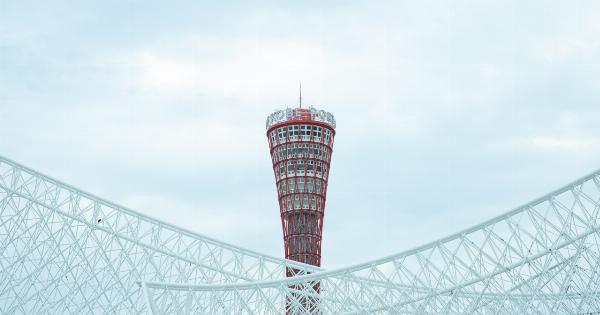Iron is an essential nutrient that your body requires to function properly. It helps to transport oxygen throughout your body and plays a key role in energy production.
However, iron deficiency is a common nutritional problem that occurs when your body doesn’t have enough of the mineral.
What Causes Iron Deficiency?
There are several causes of iron deficiency, including:.
- Not getting enough iron in your diet
- Inability to absorb iron properly
- Blood loss due to injury, menstruation or gastrointestinal bleeding
- Pregnancy or breastfeeding can increase iron requirements
What are the Astonishing Signs of Iron Deficiency?
Iron deficiency can cause a variety of symptoms, some of which may be surprising:.
1. Fatigue and Weakness
Feeling tired and weak is one of the most common signs of iron deficiency. This is because iron is necessary for the production of hemoglobin, which carries oxygen to your body’s tissues.
When you don’t have enough iron, your body has to work harder to get enough oxygen, resulting in fatigue and weakness.
2. Shortness of Breath
Shortness of breath is another common symptom of iron deficiency. This is because your body prioritizes the delivery of oxygen to your brain and heart, leaving less oxygen for your lungs.
As a result, you may experience difficulty breathing, even during routine activities.
3. Headaches
If you are experiencing regular headaches, iron deficiency may be to blame. This is because low iron levels can cause a decrease in the flow of oxygen to your brain, leading to headaches and migraines.
4. Cold Hands and Feet
If your hands and feet always feel cold, even when the temperature is warm, iron deficiency may be the culprit. This is because your body constricts blood vessels in the extremities in order to prioritize the delivery of oxygen to your vital organs.
5. Pale Skin
If you notice that your skin has become paler than usual, it may be a sign of iron deficiency. This is because iron is necessary for the production of hemoglobin, which gives blood its red color.
When you don’t have enough iron, your blood can’t deliver oxygen effectively, resulting in paleness.
6. Restless Leg Syndrome
Restless leg syndrome is a condition that causes an irresistible urge to move your legs, often accompanied by discomfort and tingling.
Iron deficiency has been linked to restless leg syndrome, and increasing iron levels may help alleviate the symptoms of this condition.
7. Pica
Pica is a condition that causes the desire to eat non-food items, such as ice, dirt or paper. Iron deficiency has been linked to pica, and addressing the underlying iron deficiency can often resolve this condition.
8. Dizziness and Fainting
If you experience dizziness or fainting, it may be a sign of iron deficiency. This is because low iron levels can cause a drop in blood pressure, which can lead to lightheadedness and dizziness, particularly when standing up quickly.
9. Brittle Nails
If your nails are weak and brittle, it may be a sign of iron deficiency. This is because iron is essential for the production of collagen, which gives nails their strength and healthy appearance.
10. Hair Loss
If you are experiencing hair loss, iron deficiency may be the cause. This is because iron is necessary for the proper growth and repair of hair follicles.
Conclusion
Iron deficiency is a common nutritional problem that can have surprising symptoms. If you are experiencing any of the symptoms listed above, it’s important to speak with your healthcare provider about getting your iron levels checked.
Addressing iron deficiency is important for maintaining your overall health and wellbeing.



























